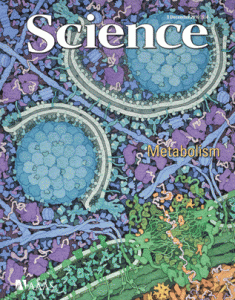Targeting BAP1 – a future targeted therapy for Uveal Melanoma?
Uveal melanoma is a common cancer of the eye that involves the iris, ciliary body and choroid. It is a disease that hits 2000 people per year in the United States and is common in those over 50. Standard treatment involves removal of the eye or radiotherapy. There is an unmet need for systemic drug therapy.
Mutations in the BRAF gene (a member of the Raf family that encodes a serine/threonine protein kinase) have been found in many skin melanomas. In 80% of the cases, a single point mutation in exon 15 (T1799A) has been shown to occur. Some new agents in development such as PLX4032, ipilumumab, GSK2118436 have shown promise in advanced skin melanoma, but research suggests that BRAF may not be the key to Uveal melanoma.
Henriquez et al, in a paper published in Investigative Ophthalmology & Visual Science showed that the T1799A BRAF mutation was only present in 9 of 19 iris melanoma tissue samples, but only in one case of uveal melanoma, suggesting differences in the genetic and clinical differences between the two.
Recently, two papers have been published that provide new insight into this intraocular cancer. In the December 2, 2010 issue of the New England Journal of Medicine, Van Raamsdonk et al, found mutations of either the GNAQ or GNA11 gene to be present in 83% of uveal melanomas that were sequenced (n=713).
 Harbour et al, in the December 3, 2010 issue of Science reported findings of a frequent mutation of BAP1 in metastasizing uveal melanomas. They found that in 26 of 31 (84%) of uveal melanoma tumors they examined, there was a mutation of BAP1, the gene encoding BRCA1 associated protein 1 (BAP1) on chromose 3p21.1. The results published in Science, “implicate loss of BAP1 in uveal melanoma metastasis and suggest that BAP1 pathway may be a valuable therapeutic target.”
Harbour et al, in the December 3, 2010 issue of Science reported findings of a frequent mutation of BAP1 in metastasizing uveal melanomas. They found that in 26 of 31 (84%) of uveal melanoma tumors they examined, there was a mutation of BAP1, the gene encoding BRCA1 associated protein 1 (BAP1) on chromose 3p21.1. The results published in Science, “implicate loss of BAP1 in uveal melanoma metastasis and suggest that BAP1 pathway may be a valuable therapeutic target.”
The data suggests that there may be multiple pathways involved in uveal melanoma. It is promising to see translational medicine in action, with scientists seeking to understand the molecular basis of a disease so that targeted therapies can be developed. Uveal melanoma only strikes a relatively small number of patients, but if a highly effective drug can be developed, this could be a market opportunity worth pursuing.